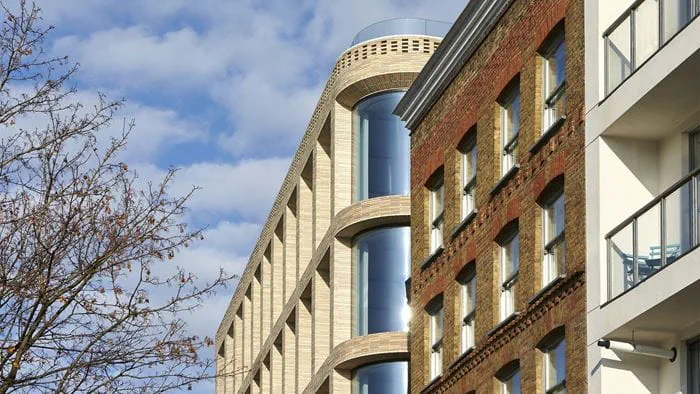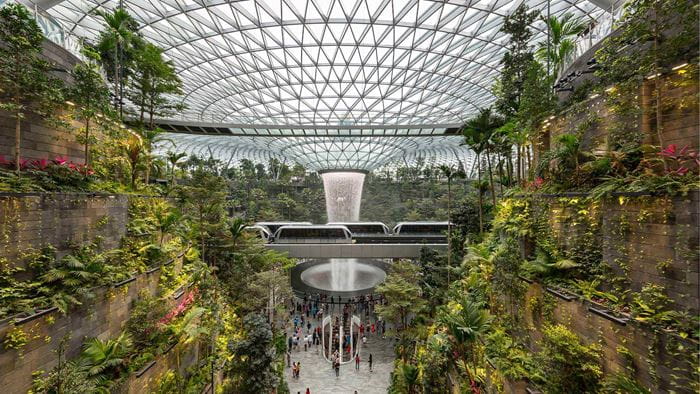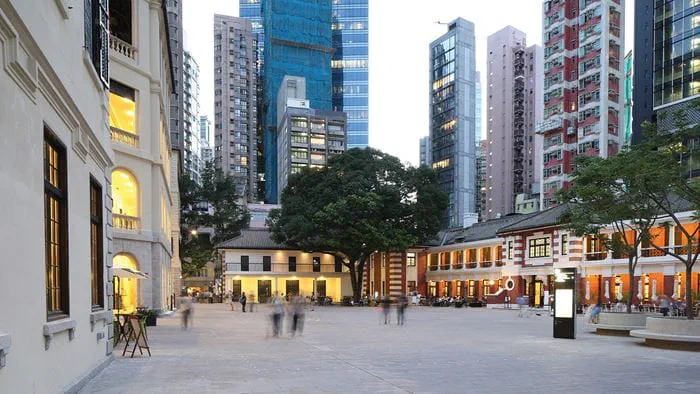In rural Hampshire, Laverstoke Mill has been renovated to create a state-of-the-art distillery and visitor centre for Bombay Sapphire.
Two cascading glasshouses are central to the visitor experience. Home to the botanicals used in the production of gin, the structures have pushed the boundaries of engineering design and sit elegantly alongside the mill.
Working with the project’s architect Heatherwick Studio, we have adopted an innovative approach to employing structural glass to enable the materials to be used more efficiently and sustainably.
The larger glasshouse standing at 15m tall and 11m in diameter, houses the botanicals usually found in the Mediterranean. The second with a height of 10m and 9m in diameter, houses plants native to a tropical environment.
Project Summary
2 new elegant glasshouses
31pleats to each glasshouse
10botanicals grown in the glasshouses
Creating iconic structures
Our materials experts and structural engineers worked collaboratively with the architect and the contractor, Bellapart, to realise the design for the curved glass and steel glasshouses. Each dome consists of 31 pleated sections of glass that glide from the bottom of the structure and twist and narrow as they reach the adjacent building.
The complexly shaped, self-supporting glass and steel structures give visitors inside the impression of standing in a spiralling vortex. This sense of movement is enhanced by the flow of warm air through the spaces – excess heat pumped in from the distillery – which also carries the scent of the exotic plants.
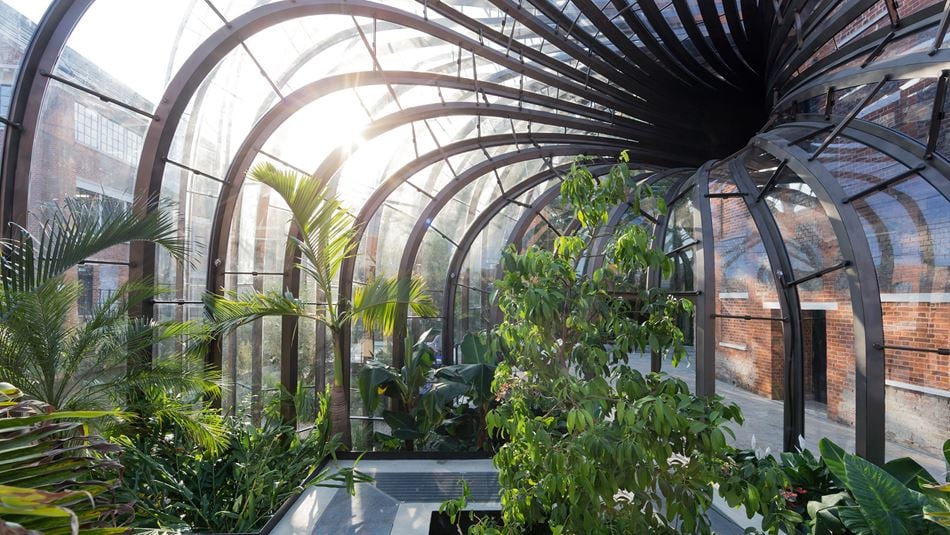
Solving complex design challenges
Using advanced numerical modelling and simulation, we guided and verified the glasshouses’ detailed design, allowing for the ‘flowlines’ of steel to be supported by the pleated structure of curved glass. The glass façade takes most of the load and transfers the weight to the foundations so the amount of steel needed could be reduced.
Parametric modelling and the sharing of 3D information was an important element of the design process, which sought to break down the complexity of the glasshouses into a series of solvable steps. The curved and twisted L-shaped steel profiles that form the continuous ‘flow lines’ are made of laser cut stainless steel plates which are linked by a series of metal connectors in a staggered manner. The steel plate shapes, connector geometry and curved glass were directly derived from the 3D model.
The image on the left shows the computer model approximating the double curvature surface with singly curved panels.
The connectors during installation. © Iwan Baan
Resilient materials and manufacturing
The hot and humid conditions within the domes risked placing strain on the materials over time. We specified the use of durable materials such as corrosion resistance alloys and structural laminating material between the layers of glass to create resilient structures that could withstand the potentially challenging environment.
From the outset it was clear the ambitious design would challenge conventional manufacturing and building techniques. Our materials experts advised on the complex material production technology required to fulfil the architects’ vision. We engaged with potential materials suppliers to verify whether the unique glass shapes the design demanded could be produced and we regularly sought feedback on feasibility and pricing from contactors before going to tender.
Award wins
Outstanding Façade Innovation - Society of Façade Engineering FAÇADE2015
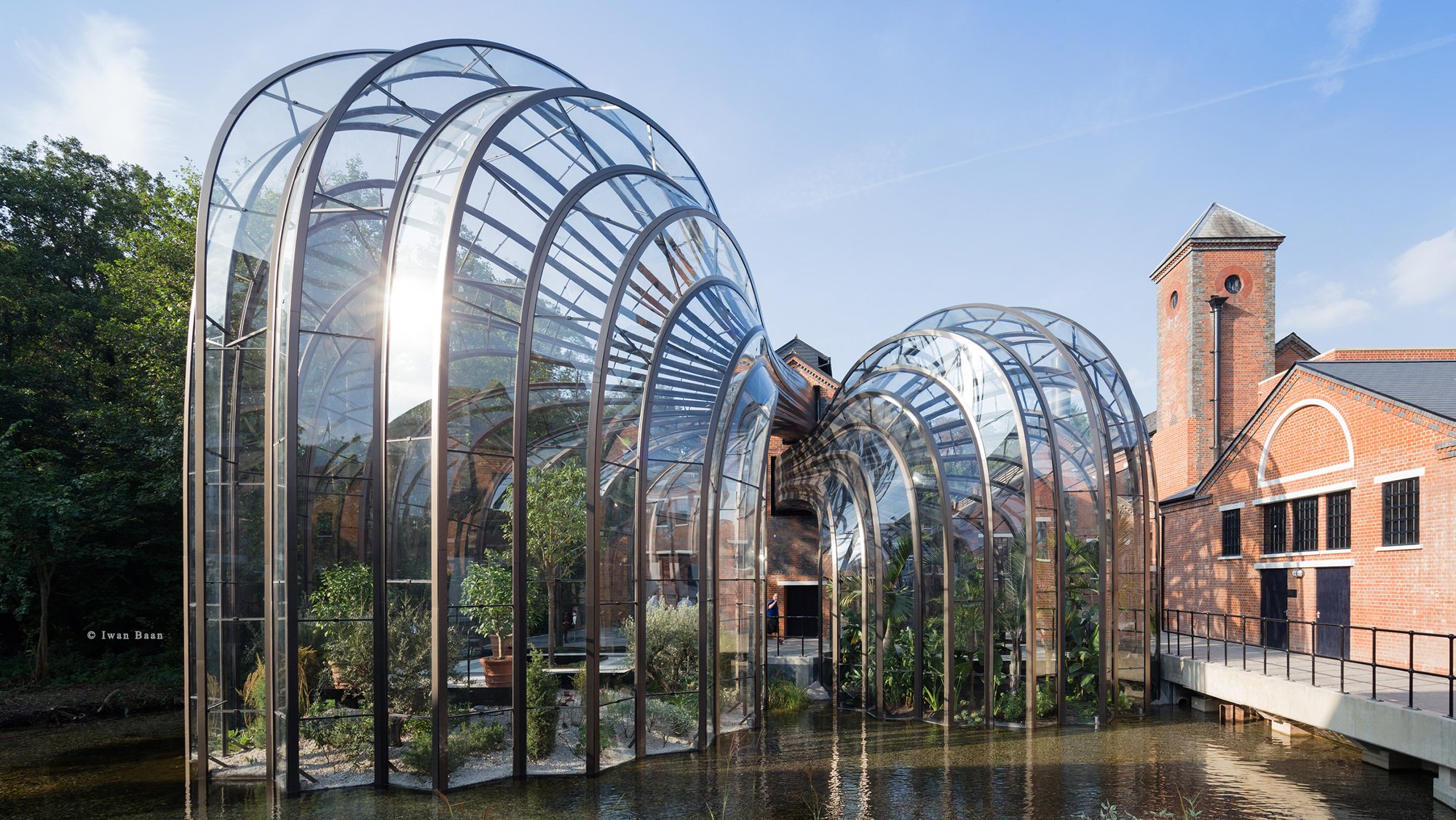 ;
;

